#cecily of york
Text
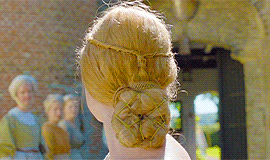









THE WHITE QUEEN 10 YEAR ANNIVERSARY WEEK ✧ DAY 1: favourite episode
— episode one: in love with the king
#the white queen#elizabeth woodville#edward iv#richard iii#george plantagenet#cecily of york#house york#twq#twq 1x01#the white queen anniversary#twqedits*#twq10#my gifs#creations*
282 notes
·
View notes
Text





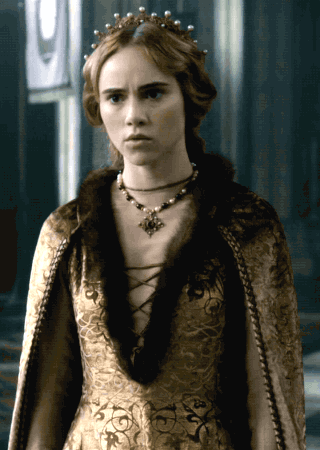

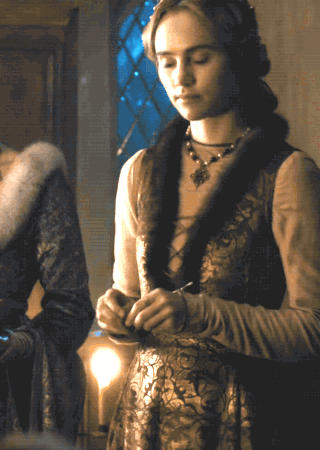
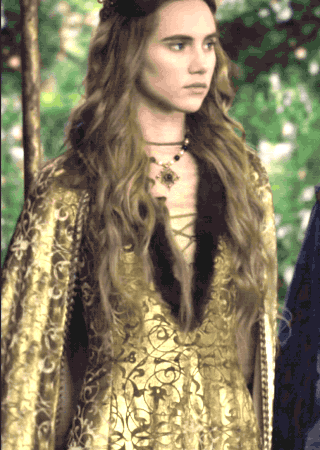



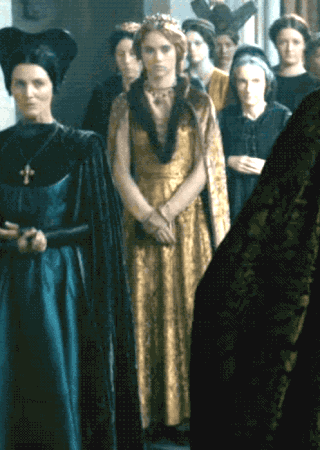


(Almost) Every Costume Per Episode + Cecily of York's gold gown with brown fur trim in 1x01,3,4
#The White Princess#TheWhitePrincessEdit#weloveperioddrama#perioddramaedit#period drama#historical drama#Cecily of York#In Bed with the Enemy#Burgundy#The Pretender#costumes#costume edit#costume drama#Almost Every Costume Per Episode#Awkward-Sultana
72 notes
·
View notes
Text
Cecily of York is the only one who actually seems to understand what is going on and how to navigate the court in her favor.
Like, probably would have been for the best if Henry had married Cecily in The White Princess.
11 notes
·
View notes
Text
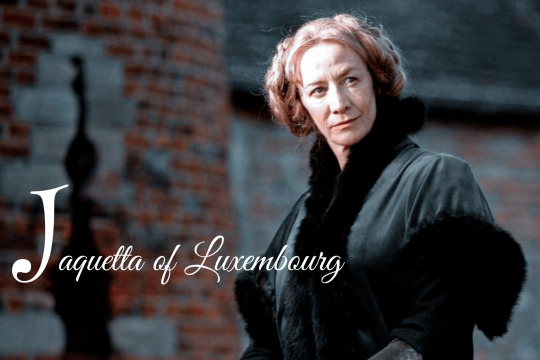

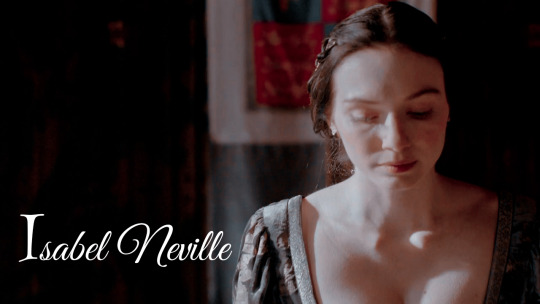

the white queen 10 year anniversary: most underrated characters -
[ J A C Q U E T T A • O F • L U X E M B O U R G | M A R G A R E T • B E A U F O R T | I S A B E L • N E V I L L E | C E C I L Y • O F • Y O R K ]
dowager duchess of bedford | countess rivers | mother of a queen | not a witch • mother to a king | duchess of suffolk | countess of richmond | lady stafford | countess of derby | my lady, the king's mother | patient | pious | venerable | survivor | the red queen • kingmaker's daughter | duchess of clarence | house of york | the forgotten sister | lady warwick • viscountes welles | daughter to a queen | sister to a queen | lady kyme |
#jacquetta of luxembourg#margaret beaufort#isabel neville#cecily of york#amanda hale#eleanor tomlinson#elinor crawley#the white queen#thewhitequeenedit#historicalwomendaily#historical women#wars of the roses#usergaby#the white queen 10 year anniversary#twq10#twqedit#myedit*#mine*
37 notes
·
View notes
Note
Hi! I'm trying to read up on the York princesses' early lives and I can find frustratingly few details on the same. I was specifically curious about their various childhood betrothals that ultimately never came into fruition due to the death of their father, but I can barely find anything online beyond the bare basics (essentially: the names of the people they were betrothed to). I was wondering of any specific details of all their individual betrothals survived, and if they changed across the years of their father's reign?
And in Bridget of York's case - since she's more elusive to find than her sisters - was she destined for a church path since birth? I've seen some sites claim that her grandmother Cecily Neville named her with no actual evidence beyond her piety, but I always assumed it was her parents who was more likely to have done so? Both Elizabeth Woodville and Edward IV were connected to St. Bridget and Elizabeth was also very pious.
You know a lot about this era so I hope it's okay to ask, sorry if the question seems out of the blue!
Hello! Sorry for taking so long to reply, I had to sit down and look up some things because the story of the betrothal of Edward IV's daughters is quite murky. I will talk about the betrothals that were done during Edward IV's reign because after that it's another thing entirely.
Let's talk about Bridget first. Was she destined for a church path since birth? There's no way of actually knowing this, but it's entirely possible she was. On a practical level, as the king's fifth surviving daughter, a competitive dowry to be used in a foreign marriage alliance would be hard to achieve (more about Edward IV and dowries in a second). More concrete evidence though does come from her name. I haven't found many noblewomen named Bridget in late medieval England but the one I did find, Bridget Holland (daughter of Thomas Holland 2nd Earl of Kent, Richard II's half-brother), indeed became a nun. Like Bridget of York, she seems to have been the youngest of 5-6 sisters.
Saint Bridget of Sweden was a very popular saint in England and she was especially revered by the English royal family (who since Henry V's time were patrons of a Bridgettine monastery at Sheen, Syon Abbey). Elizabeth of York and Margaret Beaufort would go on to commission the printing of a list of prayers popularly thought to have been written by St Bridget. For the Yorkists, however, St Bridget held particular importance because one of her prophecies had been used to justify Edward IV's right to rule. Cecily Neville in particular owned a copy of St Bridget's revelations which she later bequeathed to her granddaughter Anne de la Pole who not only also became a nun, but rose to the highest rank of prioress at Syon.
Cecily Neville was Bridget of York's godmother. Traditionally, godparents were the ones to name ('christen') the child at their baptism. Of course, most time the parents had their input too before the child was brought to the baptismal font. Elizabeth Woodville was also devoted to St Bridget. Interestingly, Cecily left her religious books to the two granddaughters who became nuns: Anne de la Pole, which I commented on above, and Bridget. Bridget received Cecily's Legenda Aurea (a collection of saints' lives), a book about St Katherine and another one about St Matilde.
To me, it seems entirely possible that Cecily Neville might have planned Bridget's career as a nun from the very beginning. It's quite likely that Edward IV and his wife Elizabeth vouched for the idea too, considering how important St Bridget's prophecy had been for Edward's legitimisation as king, they might have made a promise/vow to dedicate one of their children's lives to the Church as many catholic people still do today. I've seen the speculation that Bridget was sickly/had some kind of impairment from birth that would make her less desirable in the marriage market but I don't think we need that as a reason for her going into a convent.
Now going into the other princesses. We already know about Elizabeth of York, right? First, she was betrothed to Warwick's nephew and heir, George Neville, as a way to appease him in 1469. Then she was offered to Prince Edward of Lancaster but Margaret of Anjou went on to choose Anne Neville which was probably for the best, as Edward IV's suggestion, at a time when Edward V was about to be born, was probably just a ruse. Elizabeth's hand was also used as bait to bring back Henry Tudor to England in 1476. And again, it most certainly was a ruse as by that time she had just recently been betrothed to the Dauphin of France. She would be known as Madame la Dauphine until France called off the betrothal in late 1482.
Mary of York occupied 'the rather unfortunate position' as Ross describes it, of being her sister's replacement in the marriage alliance with France in case Elizabeth of York died before the wedding took place. It would not be until 1481, by then a time when many doubted the French marriage would even go through, that Mary was betrothed to King Frederick I of Denmark. She would die the next year in 1482.
Anne of York was first suggested to marry Philip, the future Duke of Burgundy, in 1480 as a part of a tentative Anglo-Burgundian alliance against France that Burgundy desperately wanted but that Edward IV only toyed with to pressure France into honouring their marriage alliance and wed Elizabeth of York and the Dauphin Charles. In the words of Charles Ross, Edward IV's biographer:
Edward quite ruthlessly exploited the duke’s desperate need of English support to get Anne’s marriage on the cheap. Maximilian had wanted a dowry of 200,000 crowns with Anne; Edward, on the other hand, regarded paying no dowry as part of the price of signing an alliance with Burgundy. When Maximilian argued that it was quite unreasonable for the bride of one of the wealthiest heirs in Europe to have no dowry at all, he still had small success in persuading her father to release the purse-strings. The original marriage treaty, signed on 5 August 1480, was modified by supplementary agreements on 14 and 21 August, which effectively released Edward from paying any dowry on condition of releasing to the duke the first year’s instalment of the pension of 50,000 crowns which he was demanding from Burgundy.
Here we must remember that Edward IV wanted to marry Elizabeth of York without paying any dowry at all. On the contrary, France was to pay for Elizabeth's upkeeping until she was married to the Dauphin. Edward IV, whilst dealing with Brittany to marry his son Edward to Anne of Brittany, heiress to her father's duchy, established that if the Duke of Brittany had a son before their children married, one of his daughters was to marry the duke's new son, and that Brittany—not him—were to provide his daughter's dowry. Ross cites a Breton scholar that snarkily remarked that ‘to marry his daughters without dowries was the objective which this miser [Edward IV] set before himself in the last years of his life’. Harsh.
However, Edward IV did agree to pay Cecily's dowry! Although admittedly it was much cheaper (20,000 crowns) than Edward IV himself was asking for Anne of Brittany's hand in marriage to his son (100,000 crowns as the heiress of Brittany, 200,000 in case her father had a son). Cecily of York was first betrothed to James III's heir, the future James IV, in 1473 as part of a truce between England and Scotland that allowed Edward IV to go to war against France in 1475. The truce with Scotland fell through by 1480 and by 1481 Edward IV was committed to a war against James. The next year Edward was willing to back James III's brother Alexander against him, with the condition that Alexander was to marry Cecily ‘if the said Alexander can make hymself clere fro all other Women, according to the Lawes of Christian Chyrche’.
Alexander backed down after the English invasion of Scotland, and James III once again suggested Cecily marry his son and heir as part of the peace terms but Edward IV called off the betrothal for good later that year and demanded the repayment of the dowry portion he had already paid to Scotland. It seems Edward had decided to renew the war against Scotland by that time (November 1482) and back Alexander as king again. Amazingly, Alexander would go on to make peace with his brother yet again in early 1483. So by the time Edward IV died, Cecily's betrothal to Scotland's heir was cancelled for good. Richard III would wed her to Ralph Scrope, Baron Scrope's second son and a man that was part of Richard III's northern affinity.
I haven't found anything about Katherine of York's betrothal during her father's reign. She was probably too young, being born in 1479. EDIT: There was a plan for Katherine to marry Isabella of Castille's heir Juan as proposed in 1482. See reblog in the notes.
And that's it! Basically, Louis XI's peace treaty with Burgundy in December 1482 frustrated at least two of Edward IV's marriage plans. The Dauphin of France would marry Margaret of Austria (Mary of Burgundy's daughter) instead of Elizabeth of York. On the other hand, Burgundy, no longer in need of Edward IV's help, was under no obligation to go through with the marriage of Anne of York and the young Philip of Burgundy. Edward IV's falling out with Scotland also meant Cecily's betrothal was called out.
By the time Edward IV died the only betrothal that was likely to go through was Prince Edward's with Anne of Brittany, so whenever I see people saying that if it wasn't for Edward's death Elizabeth of York would be queen of France, Cecily queen of Scotland, Anne duchess of Burgundy etc I can only assume the person saying that doesn't know much about the upheavals of the 1480s — or Edward IV's own disinclination to pay dowries for the marriages of his daughters.
I hope this answer was of some help, and once again, sorry for taking so long to reply.
#ask#edward iv#elizabeth of york#cecily of york#anne of york#bridget of york#mary of york#edward v#historian: charles ross#anon
62 notes
·
View notes
Text



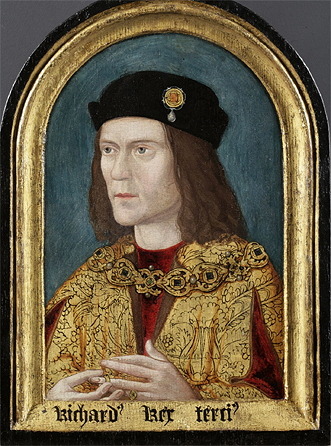
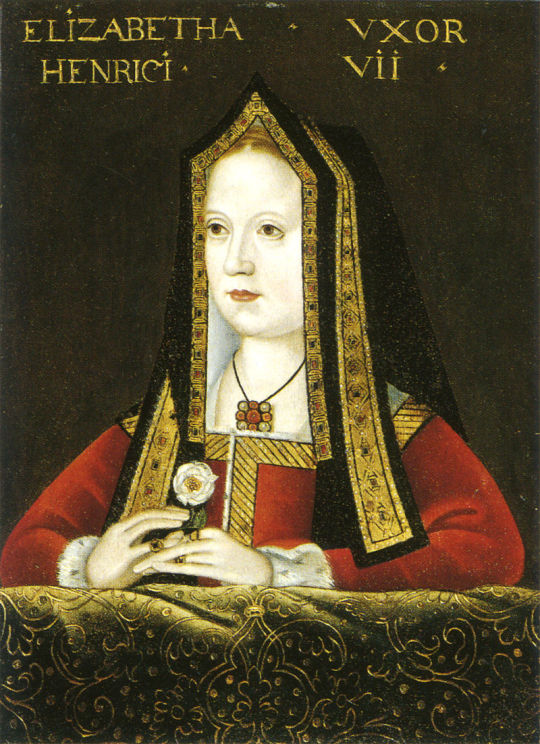



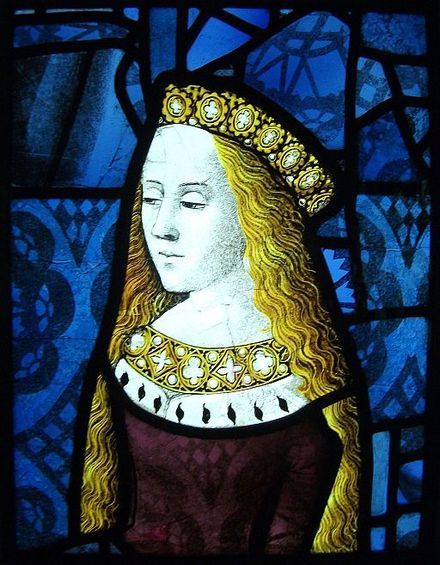
The Bastard Kings and their families - Edward V of England @asoiafcanonjonsnow
This is series of posts are complementary to this historical parallels post from the JON SNOW FORTNIGHT EVENT, and it's purpouse to discover the lives of medieval bastard kings, and the following posts are meant to collect portraits of those kings and their close relatives.
In many cases it's difficult to find contemporary art of their period, so some of the portrayals are subsequent.
1) Edward V of England (1470 –1483), son of Edward IV of England and his wife Elizabeth Woodville
2) Edward IV of England (1442 – 1483), son of Richard of York and his wife Cecily Neville
3) Elizabeth Woodville (1437–1492), daughter of Richard Woodville and his wife Jacquetta of Luxemburg
4) Richard III of England (1452 - 1485), son of Richard of York and his wife Cecily Neville
5) Elizabeth of York ( 1466 – 1503), daughter of Edward IV of England and his wife Elizabeth Woodville
6) Henry VII of England (1457 – 1509), son of Edmund Tudor and his wife Margaret Beaufort
7) Catherine of York ( 1479 – 1527), daughter of Edward IV of England and his wife Elizabeth Woodville
8) Bridget of York ( 1480 –c. 1507), daughter of Edward IV of England and his wife Elizabeth Woodville
9) Cecily of York (1469 -1507), daughter of Edward IV of England and his wife Elizabeth Woodville
#jonsnowfortnightevent2023#day 10#echoes from the past#medieval bastard kings#bastard kings and their families#jon snow#asoiaf#a song of ice and fire#edward v of england#edward iv of england#elizabeth woodville#richard iii of england#elizabeth of york#henry vii of england#catherine of york#bridget of york#cecily of york
17 notes
·
View notes
Note
I'm still surprised that Richard III wants to marry Elizabeth of York to the Portuguese royal family … well, she was an illegitimate daughter at that time. Won't Richard annoy Portugal? Besides, isn't it strange that you, who have been a princess of England for more than ten years, married to a place beyond your control?
On the contrary, I think it's smart.
Richard III needed to neutralize his nieces as political rivals. He chose not to kill her for obvious reputational/moralistic reasons, and he thought he could neutralize them without killing them, which was quasi-impossible for Edward V. He needed to marry them to reliable people. You can see that with Cecily, married to one of his northern retainers. It simultaneously allowed him to use them as political rewards, considering that he betrothed the Earl of Surrey to Anne of York.
But Elizabeth was the trickiest one, considering that her heirs could trouble his heirs. And if she died, the same issue would arise with Cecily (hence why he married her to a very unimportant Ralph Scrope, living in a ricardian region). Note that in 1483, while Henry II served as precedent to the idea that a woman could transmit a right to rule, there was no certainty on whether she could rule on her own. Henry II himself eventually ignored his mother's rights. So Elizabeth's sons were an issue.
Richard III made the best solution: marrying them to a country that probably wouldn't care about her blood claim. The Portuguese dynasty had Lancastrian blood and hadn't pushed any claim forward since Henry VI's death, so it was probably a good plan. To reinforce it, Richard III would enter the Portuguese royal family by marrying Jeanne, making a Portuguese betrayal even more unlikely, especially considering Elizabeth would be married to a mere king's cousin.
I do not know whether Elizabeth's bastardy would be an issue for a cadet of the Portuguese royal family, especially considering she wasn't proclaimed bastard by the Church and they could ignore whatever the English Parlement said. The flaw in Richard's plan resides more in his marriage with a 33-year-old Portuguese princess who was already committed to a life of chastity. She might not accept, and if she does, that wouldn't give Richard the best chance to have male heirs.
Note that this plan does explain why Elizabeth of York wasn't married in 1485, which would have derailed Henry Tudor's plan. In Richard III's mind, another pretender would have risen after he disposed of Henry, and he was looking for a permanent solution. Negociations with Lisboa was taking time, hence why he couldn't get rid of Elizabeth on time.
7 notes
·
View notes
Photo
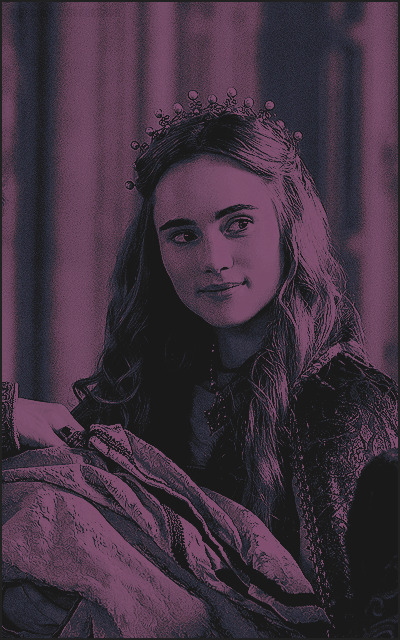







— suki waterhouse as cecily of york in the white princess
26 notes
·
View notes
Text
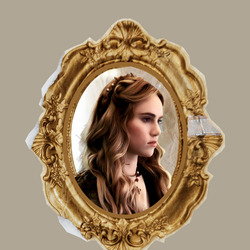
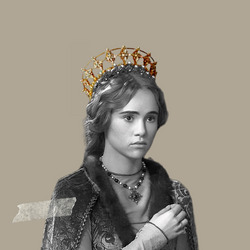


“Não tão afortunada quanto bela”, Sir Thomas More descreve Cecily de York em seu relato da História de Richard III; a princesa cuja vida foi permeada pela guerra, casamentos arranjados e tragédias, que selou a obscuridade de seu futuro ao se casar por amor.
#cecily of york#cecília de iorque#elizabeth woodville#edward iv#twpedit#the white princess#house of york
32 notes
·
View notes
Photo

#the white queen#twqedit#perioddramaedit#rfergusonedit#rebecca ferguson#elinor crawley#elizabeth woodville#cecily of york#my edits#stills
78 notes
·
View notes
Text
Cecily of York, Viscountess of Welles
Not as well known as her sister Elizabeth of York, Queen of England, Cecily attended many important events at the court of her father King Edward IV of England and her brother-in-law, King Henry VII. There are scattered references to her appearances throughout the historical records. Despite this, we know very little about her personality.
Born on March 20, 1469, Cecily was the third daughter…

View On WordPress
#Cecily of York#Edward IV#Elizabeth of York#Elizabeth Woodville#Henry VI#Henry VII#John Welles#King of England#Margaret Beaufort#medieval history#Queen of England#Richard III#Tudor history#Viscount of Welles#Viscountess of Welles#Wars of the Roses
4 notes
·
View notes
Photo








↳ richard iii of england + alphabet
#richard iii#aneurin barnard#the white queen#house york#house plantagenet#history#english history#twq#richard iii of england#anne neville#cecily of york#edward iv#george plantagenet#elizabeth woodville#richard of york#henry vii#margaret of york#john de la pole#historyedit#twqedits*#alphabet*#my gifs#creations*
371 notes
·
View notes
Text






(Almost) Every Costume Per Episode + Cecily of York's blue and gold gown in 1x03,4
#The White Princess#TheWhitePrincessEdit#weloveperioddrama#perioddramaedit#period drama#historical drama#Cecily of York#Burgundy#The Pretender#costumeedit#costumes#costume drama#Almost Every Costume Per Episode#Awkward-Sultana
38 notes
·
View notes
Text





and the funniest twp character award goes to: cecily of york
#lizzie: this is SYMBOLIC i am making a STATEMENT#cecily: well ur bad at symbolism then#that last pic everyone is just like ‘….’#twp rewatch#the white princess#the lady has spoken#elizabeth of york#cecily of york
30 notes
·
View notes
Text



Random white princess icons
#middle ages#twp#the white princess#henry vii#margaret pole#cecily of york#icons#tudor period#house of tudor#house of york
6 notes
·
View notes
